A Complete Guide to Annapurna Base Camp Trek
Overview:One can find the lost sense of tranquility in the most unexpected places. Although a considerably small nation, Nepal carries the weight of t...
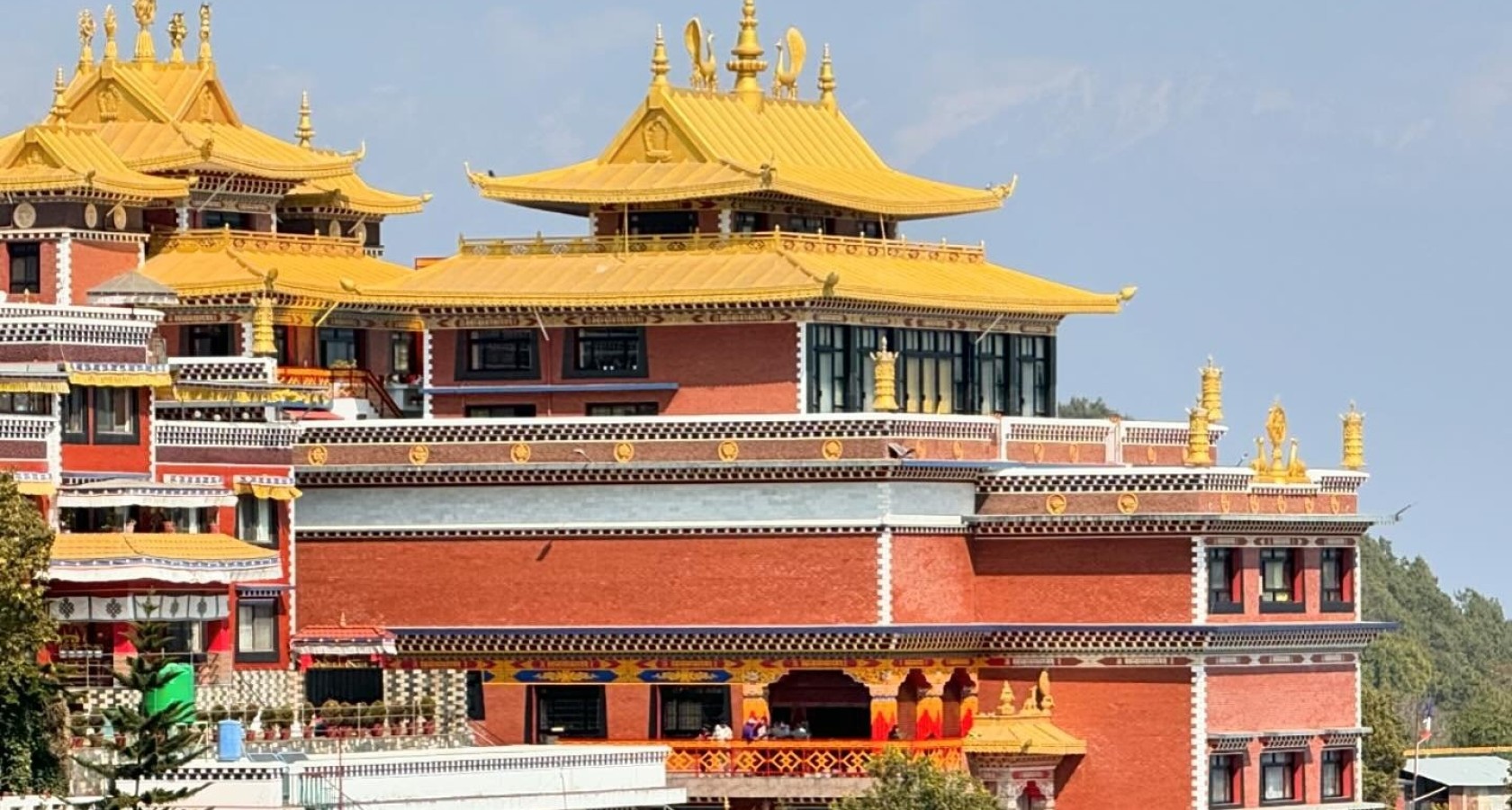
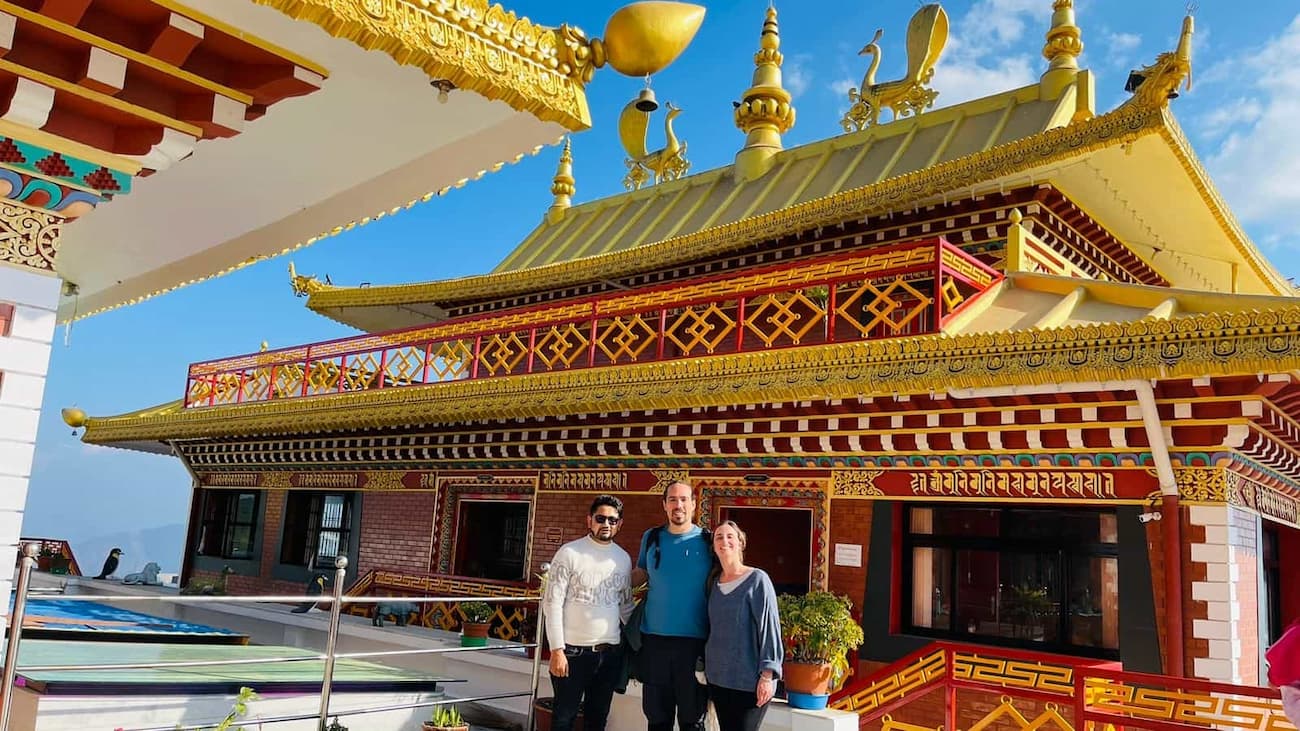
Namobudhha Tour is a delightful religious journey and the best way to explore the spiritual and cultural richness of Nepal, providing you with a meaningful adventure. The alternative name for Namobuddha is Thangru Tashi Yangtse Monastery, a Tibetan Buddhist Monastery. It is situated at the top of a hill southeast of the capital city, Kathmandu, approximately 40 km away. The site is entirely free from the hustle and bustle of the city, providing fresh air and surrounded by beautiful villages, mountain views, and lush green forests. This tour specializes in enabling you to learn about the ancient Buddhist monastery, cultural tapestry, monks, architecture, and more available at the site. In this article, we will provide you with comprehensive details about Namobudhha, including its route, ancient story, and others.
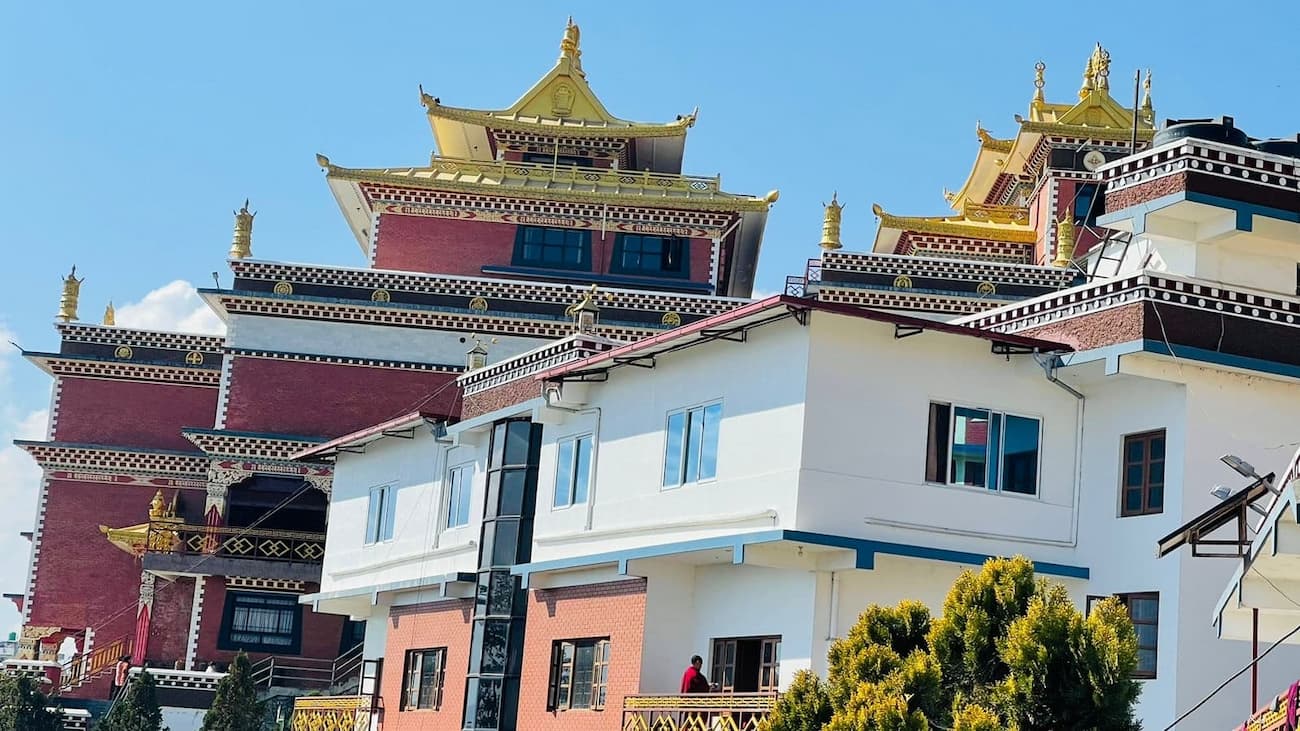
This story is about a time long ago when a king ruled a village. The king had three sons. The eldest prince, named Mahasatwo, was very bright and endowed with spontaneous kindness and compassion.
One day, the weather was very fine, and the king, along with the queen, his son, and ministers, planned to go on an outing. As they passed through the beautiful forest with a stunning view and birds singing, the king found the place very pleasant and decided to spend time there.
Three princes set out to the forest to explore. They discovered a cave nearby with a tigress inside. The tigress appeared hungry and weak, unable to go hunting, while her five cubs were still feeding on her milk. The youngest prince asked his brothers how to help the tigress, and they suggested she needed fresh flesh and blood. Mahastwo pondered for a moment and realized that sacrificing the life of an innocent was not a good idea. They left the cave and headed towards their camping place.
After a while, Mahasatwo told his brothers to move forward, saying he had something on his mind and would catch up later. They continued on their way, leaving Mahasatwo behind. He returned to the tigress and made the selfless decision to offer his own body for her survival.
The tigress pounced and devoured his body, leaving only the bones behind. Meanwhile, the queen was taking a nap and had a horrible dream. She shared the dream with the king, who became suspicious that something terrible had happened to their son. After some time, the two princes returned. When the king inquired about the younger prince, they explained that he had mentioned coming later and realized he must have gone to the tigress's location. They decided to investigate and, upon reaching the spot, discovered the bones and fresh blood. Overwhelmed with grief, everyone, including the king and queen, started to cry and returned to the palace.
In the celestial realm of Tushita, the prince had been reborn as Great Courage. Concerned about his parents' suffering, he descended from the celestial realm to comfort them. With tears in their eyes, the king and queen expressed their sorrow, and Mahasatwo explained his rebirth after sacrificing himself to the tigress. He consoled them, emphasizing the transient nature of life and the importance of virtuous actions. Mahasatwo assured them they would meet again in a celestial realm if they diligently pursued virtue. After a few more words, he disappeared.
The king and queen found solace and committed to pursuing virtuous activities. They created a small casket adorned with seven kinds of jewels to house their son's bones. A stupa was built over the burial site as a memorial.
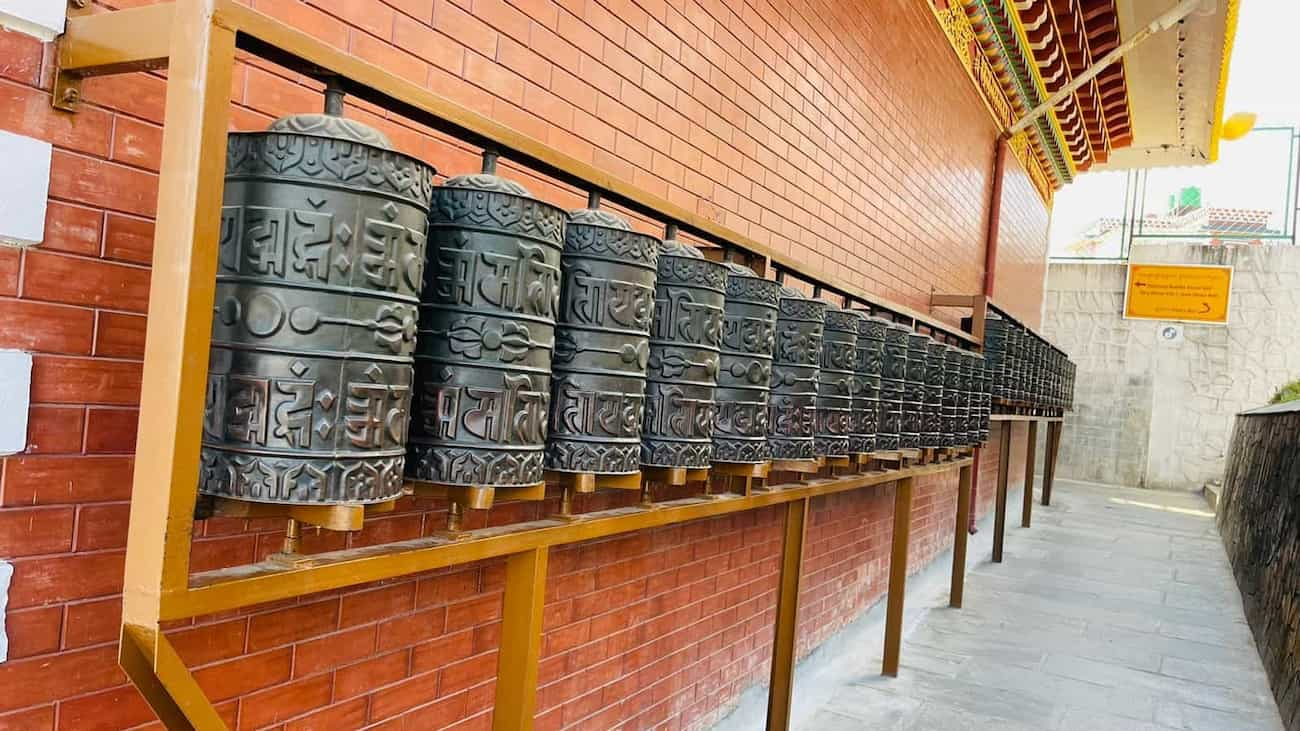
3500 years after the death of Prince Mahasatwo, it is believed that Gautam Buddha was the reincarnation of the prince. Gautam Buddha conducted three tours around the stupa where the bones of Prince Mahasatwo were buried. During this time, Gautam Buddha named the place Namobudhha, which means "Hail to the Buddha." The Thangru Tashi Yangtse Monastery temple was officially opened on December 5, 2008, and there is also a school for young monks associated with the monastery.
Among the homes and teahouses surrounding the stupa is a small Tamang Gompa. Since the 1980s, however, the main Buddhist population at Namobuddha has been Tibetan. A steep path leads up to the ridge behind, adorned with chaitya, prayer flags, and a collection of Tibetan monasteries, retreats, and smaller stupas.
Main festivals and fairs take place during Kartik Purnima and Buddha Jayanti at the stupa, commemorating the compassion of a young prince. This prince came across a starving tigress about to devour a small child and chose to offer his flesh instead.
You can reach Namobuddha in just a 2-hour drive by private vehicle from Kathmandu. If you choose to reach there by driving, you will enjoy a scenic drive from Kathmandu to Banepa. Along the way, you can spot a large statue of Shiva in Sanga, where we stop to observe the impressive statue and enjoy the scenic view, including a suspension bridge on the highway. Continuing our journey, we head towards Banepa city, take a right turn, and after about an hour, we will reach Pananuti village, which serves as the gateway to Namobudhha. From there, we proceed straight towards Namobuddha.
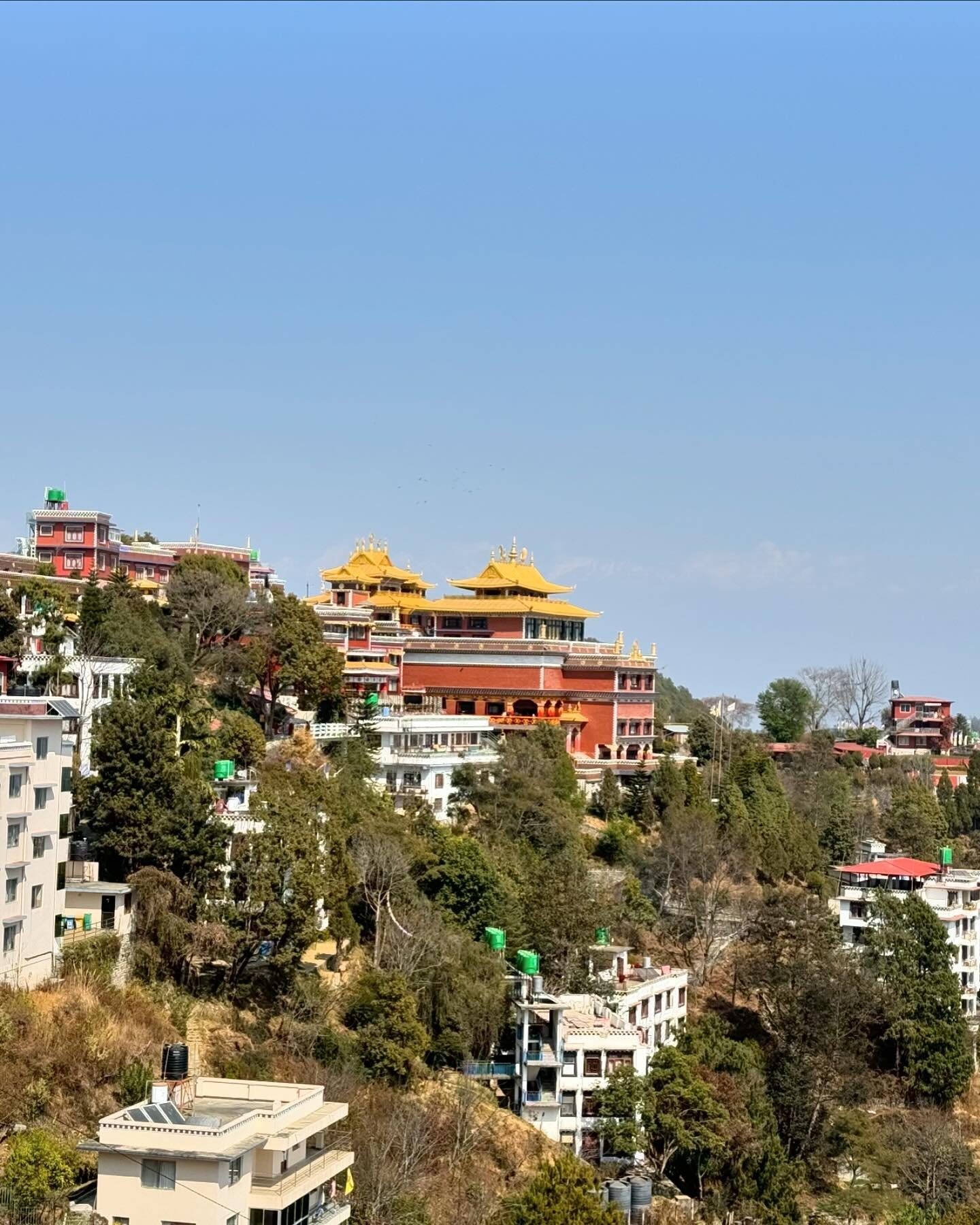
If you prefer hiking, the journey begins in the picturesque city of Dhulikhel, which is also a popular tourist destination with numerous hotels and resorts. The hiking trail takes you through lush green forests, offering scenic mountain views as you head towards Kavrebhanjhyang. After passing through Kavre village and crossing the Sindhuli highway approximately 2.5 km later, continue hiking for 7 km, and on the right, you will reach Namobudhha. This hiking route is ideal for those seeking a short trek in a lower elevation, providing stunning views and an escape into nature near the Kathmandu valley. It's a hustle-bustle-free environment with fresh mountain air, perfect for peace lovers.
If you wish to participate in the beautiful Namobuddha religious tour, which allows you to immerse yourself in the spiritual and cultural richness of Nepal, please consider Treklanders Adventures.
The Namobuddha tour is a must-do, offering in-depth knowledge. This tour is perfect for everyone, providing the opportunity to learn about many ancient things, and the architecture found there is truly amazing, each carr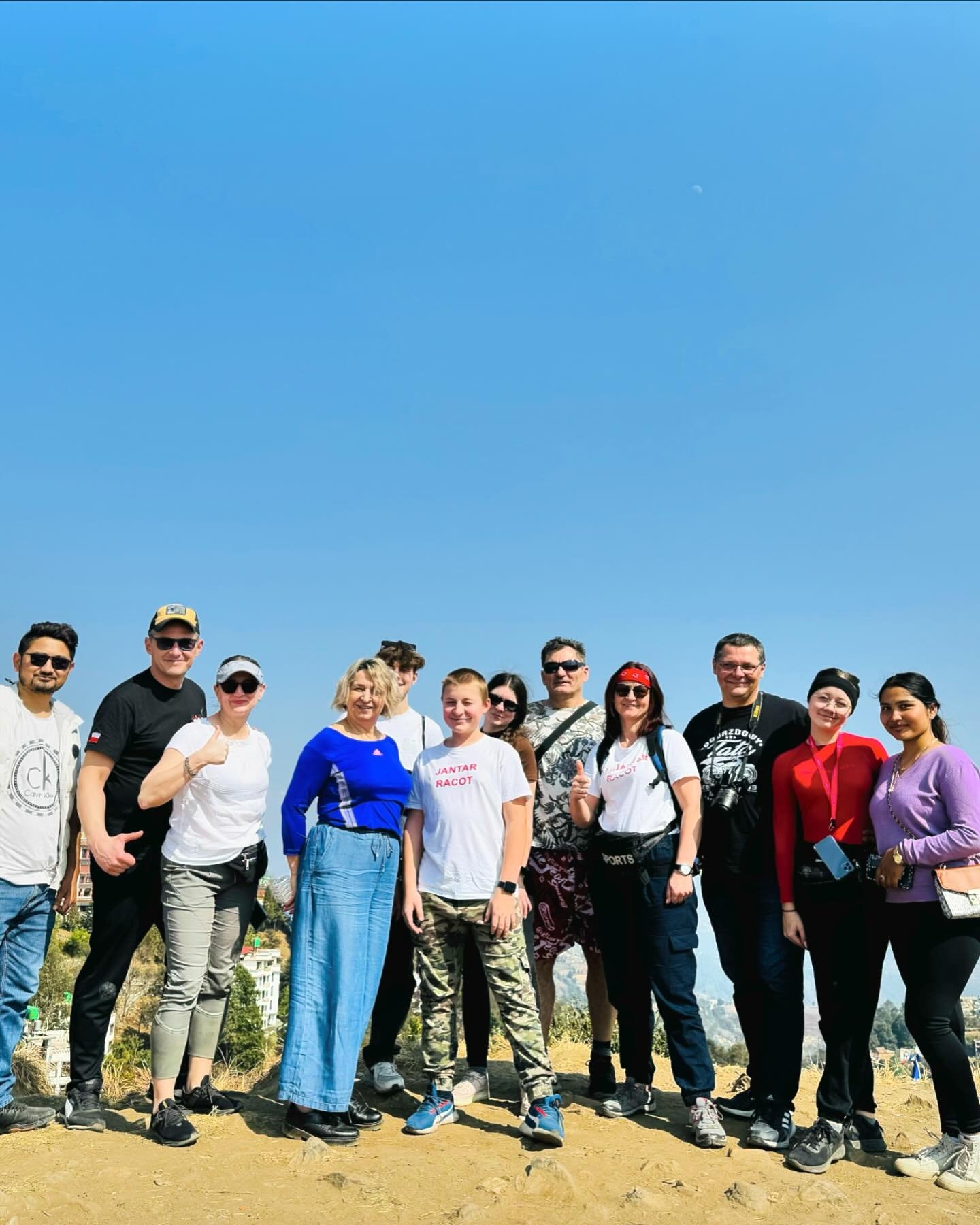 ying its meaning and beliefs. The surroundings of Namobuddha emanate positive vibes, with great views that contribute to inner peace.
ying its meaning and beliefs. The surroundings of Namobuddha emanate positive vibes, with great views that contribute to inner peace.
You can complete the Namobuddha tour in just one day. If you prefer hiking, we are ready to customize your itinerary according to your plans or schedule.
? Namobuddha is one of the three holiest Tibetan pilgrimage sites south of the Himalayas which is famous for its cultural and spiritual significance in Buddhism. The area gained prominence due to the presence of the Namobuddha Monastery, a sacred site where, according to Buddhist tradition, Lord Buddha, in a previous life, encountered a starving tigress on the verge of devouring a small child. In a selfless act of compassion, he offered his flesh, a sacrificial gesture that played a pivotal role in his canonization as a Bodhisattva.
? Namobuddha is approximately 40 kilometers away from the capital city Kathmandu of Nepal. The journey takes about two hours by car, depending on the chosen route.
? Namobuddha lies in the Kavrepalanchok District of Nepal.
? The Namobuddha Monastery is situated at an altitude of approximately 1,750 meters (5,741 feet) above sea level.
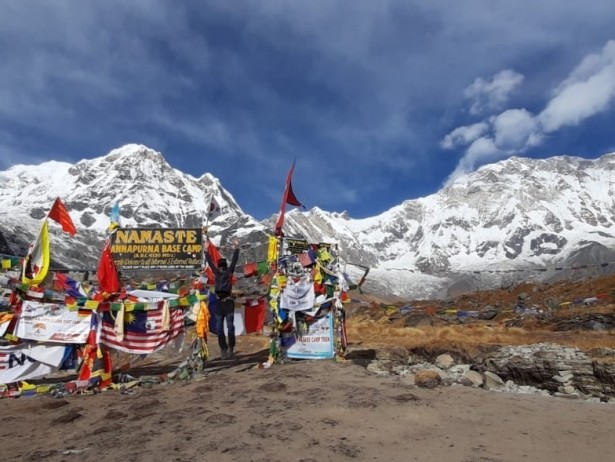
Overview:One can find the lost sense of tranquility in the most unexpected places. Although a considerably small nation, Nepal carries the weight of t...
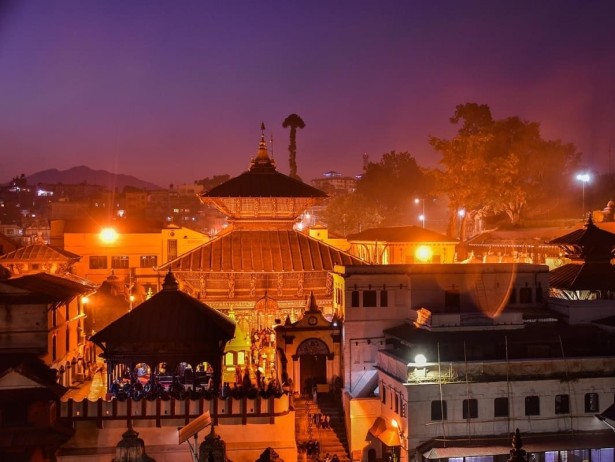
A Spiritual Haven in Kathmandu:The Pashupatinath Temple is located in Gaushala, just past the Ring Road, about 4 kilometres east of the heart of Kathm...
Nagarkot Tour – Your Perfect Destination near Kathmandu – Treklanders AdventuresNagarkot tour, a highly popular tour, is an eco-friendly tourism desti...
